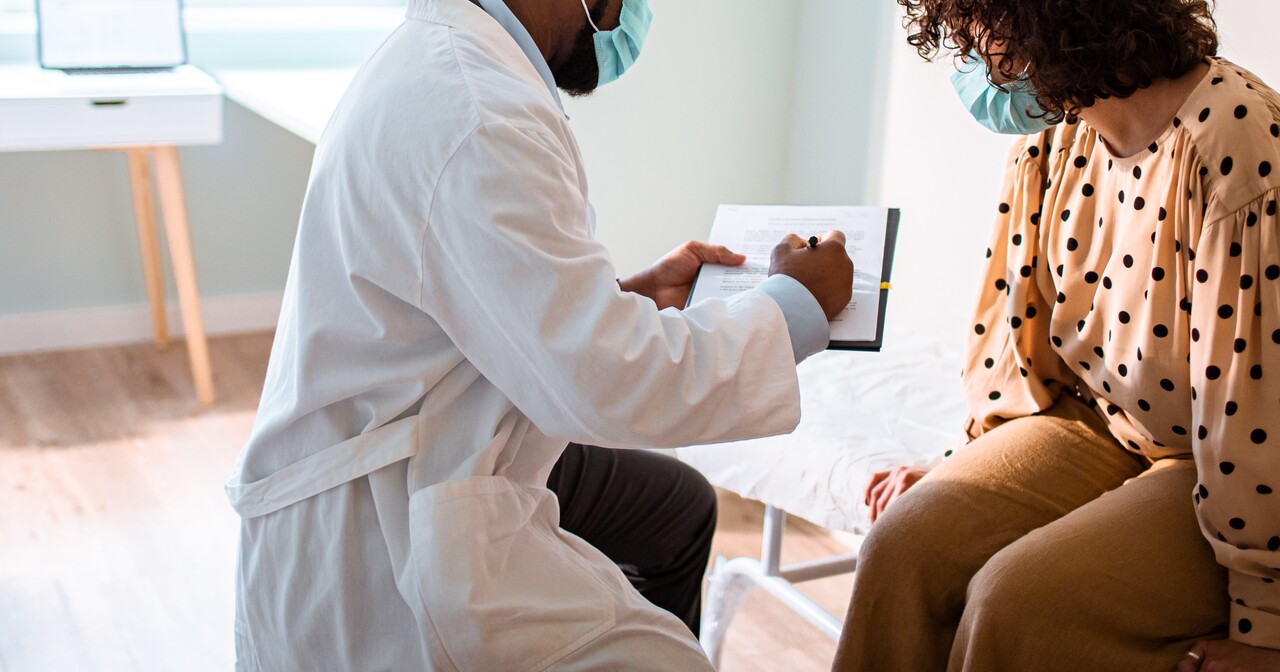The provision of doxycycline post-exposure prophylaxis (DoxyPEP) is an emerging strategy to reduce the risk of bacterial STIs, like chlamydia, syphilis and gonorrhea. Some folks refer to DoxyPep as the “Morning-After Pill” for bacterial STIs. Early studies show promise, and the CDC offers clinical guidance to help support informed client counseling and prescribing.
What is DoxyPEP?
DoxyPEP is a single 200 mg dose of doxycycline taken within 72 hours after condomless oral, vaginal, or anal sex. It’s most effective when taken within 24 hours of potential exposure.
Who should be offered DoxyPEP?
Per CDC recommendations, DoxyPEP should be offered to men who have sex with men (MSM) and transgender women (TGW) who:
- Have had at least one diagnosed bacterial STI (chlamydia, gonorrhea, or syphilis) in the past 12 months and/or
- Are living with HIV or taking HIV PrEP
These recommendations are based on randomized controlled trials showing a significant reduction in STI incidence among participants using DoxyPEP.
What about everyone else?
The CDC doesn’t currently make a recommendation for cisgender women, cisgender heterosexual men, transgender men or queer and nonbinary individuals—primarily due to limited data. In the only study among cisgender women, doxycycline was detected in only 29% of hair samples from participants assigned to take DoxyPEP. Translation? It may not have worked because people weren’t actually taking it.
Providers can use their clinical judgement and engage in shared decision-making around DoxyPep on a case-by-case basis for these groups.
How to prescribe DoxyPep
Dosing:
Prescribe 200 mg doxycycline to be taken as a single dose within 72 hours of condomless sex. Either 100mg x 2 pills or a single 200mg pill is acceptable. Prescribe an adequate supply with refills through the next scheduled visit.
Monitoring:
Conduct baseline STI testing for all sites based on sexual history. For clients using DoxyPep regularly, follow up with testing every 3–6 months. For HIV-negative individuals not on PrEP, offer PrEP and HIV testing as part of ongoing care.
Key counseling points:
- DoxyPEP doesn’t prevent all STIs and isn’t a replacement for regular condom use.
- DoxyPEP is not effective against viral STIs (e.g., herpes, HPV).
- DoxyPEP can be taken every 24 hours if needed after each act of condomless sex—but no more than once every 24 hours
Safe prescribing and education
Side effects
Common side effects include nausea, photosensitivity, and esophageal irritation. Advise clients to:
- Take doxycycline with food and water
- Stay upright for 30 minutes after taking it
- Use sunscreen
Pregnancy and contraception
Doxycycline is contraindicated during pregnancy and clients should stop taking DoxyPep if they become pregnant. Doxycline doesn’t reduce contraceptive effectiveness, and broad spectrum antibiotics like doxyclycine are considered Category 1 (no restriction) by the USMEC.
Antibiotic resistance
Antimicrobial resistance is a legitimate concern, but current data haven’t shown significant increases related to DoxyPEP use—though it remains an area of close monitoring.
Implementation tips
If you’re new to prescribing DoxyPep, there are excellent protocols already available to support your clinical practice:
- Comprehensive overview of prescribing considerations
- List of publicly available sample DoxyPep protocols
- NCSD DoxyPep Toolkit
Bottom line on DoxyPEP
DoxyPEP is a promising new tool for STI prevention. It’s evidence-based, low-cost, and easy to implement into routine sexual and reproductive healthcare.




